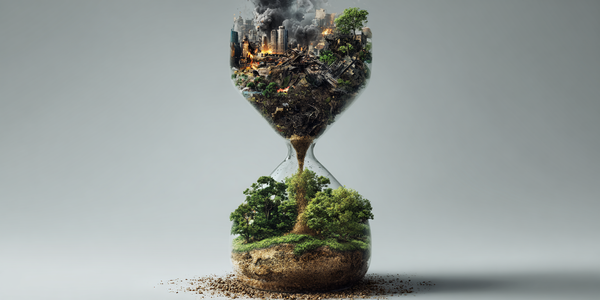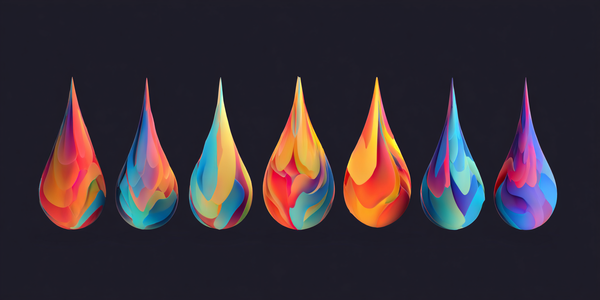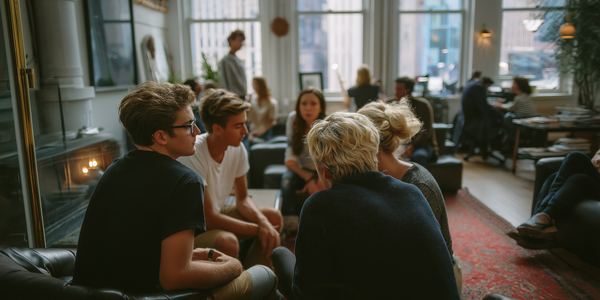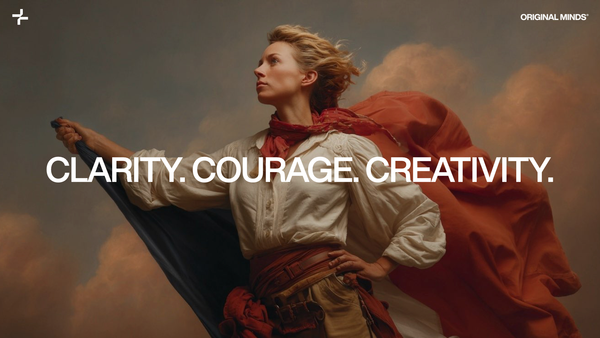For a decade, “human-centered design” was gospel. Designers stuck Post-its on walls, mapped journeys, and chanted empathy mantras. It worked — for humans. The problem? Humans don’t exist in isolation. They exist on a heating planet, inside fragile ecosystems, and within communities bearing the costs of consumption. In 2025, the new brief is planet-centered design.
It’s not about asking “what does the user want?” but “what does the planet need?” And here’s the thing: planet-centered often means profit-centered, too. McKinsey reports companies that integrate sustainability into design reduce costs by up to 20% while unlocking new revenue streams. Saving the world and saving your margins? Rarely do the gods of strategy make it that easy.
The Signal
Sustainability has moved from PR gloss to design infrastructure. Selfridges launched Project Earth, turning resale and rental into ongoing business models. Philips Lighting pioneered “Lighting-as-a-Service,” reducing waste by retaining ownership of fixtures and selling light instead of bulbs. Patagonia redesigned its supply chain around regeneration, proving planet-friendly design could scale profitably. And 78% of consumers now say sustainability influences their purchase decisions (NielsenIQ). The signal is clear: businesses that ignore eco-design aren’t just behind morally — they’re behind strategically.
The Relevance
For challenger brands, planet-centric design is a wedge strategy. Big incumbents are too invested in legacy systems, supply chains, and quarterly reporting to pivot quickly. But small, agile players can build planet-first models into their DNA. That’s not just a competitive edge — it’s a magnet for customers, investors, and talent. Younger audiences, particularly Gen Z, are ruthless in sniffing out greenwashing but fiercely loyal to brands that walk the talk. Your design choices aren’t just aesthetic anymore — they’re existential.
The Insight
Planet-centric design doesn’t reduce your market — it expands it. Products that are recyclable, repairable, or reusable don’t just appeal to the eco-conscious minority; they appeal to everyone who wants durability, value, and efficiency. A refillable deodorant isn’t just sustainable — it’s convenient and cost-effective. A rental program isn’t just green — it builds recurring revenue. The deeper truth: planet-first design often reveals business opportunities incumbents miss because they’re stuck chasing old margins. Sustainability isn’t a constraint; it’s an innovation engine.
The Shift
We’ve shifted from performative greenwashing — slapping leaves on packaging — to measurable eco-design. Brands are now publishing carbon dashboards, adding repair instructions, and embedding recycling into product ecosystems. Regulators are circling with stricter ESG reporting requirements, and capital markets are rewarding sustainable design with better access to funding. This isn’t a fringe movement; it’s a macroeconomic realignment. Designing for the planet is no longer a moral “nice-to-have” — it’s becoming the cost of entry.
The Opportunity
Agencies and consultancies that position themselves as experts in eco-design will win the next decade of work. Clients need help reimagining packaging, rethinking supply chains, and embedding sustainability metrics into product and service design. Challenger brands that design for the planet by default can leapfrog incumbents who are still slapping “eco” stickers on plastic. The opportunity is to translate sustainability into strategy: reduce costs, build loyalty, and attract talent while actually doing good.
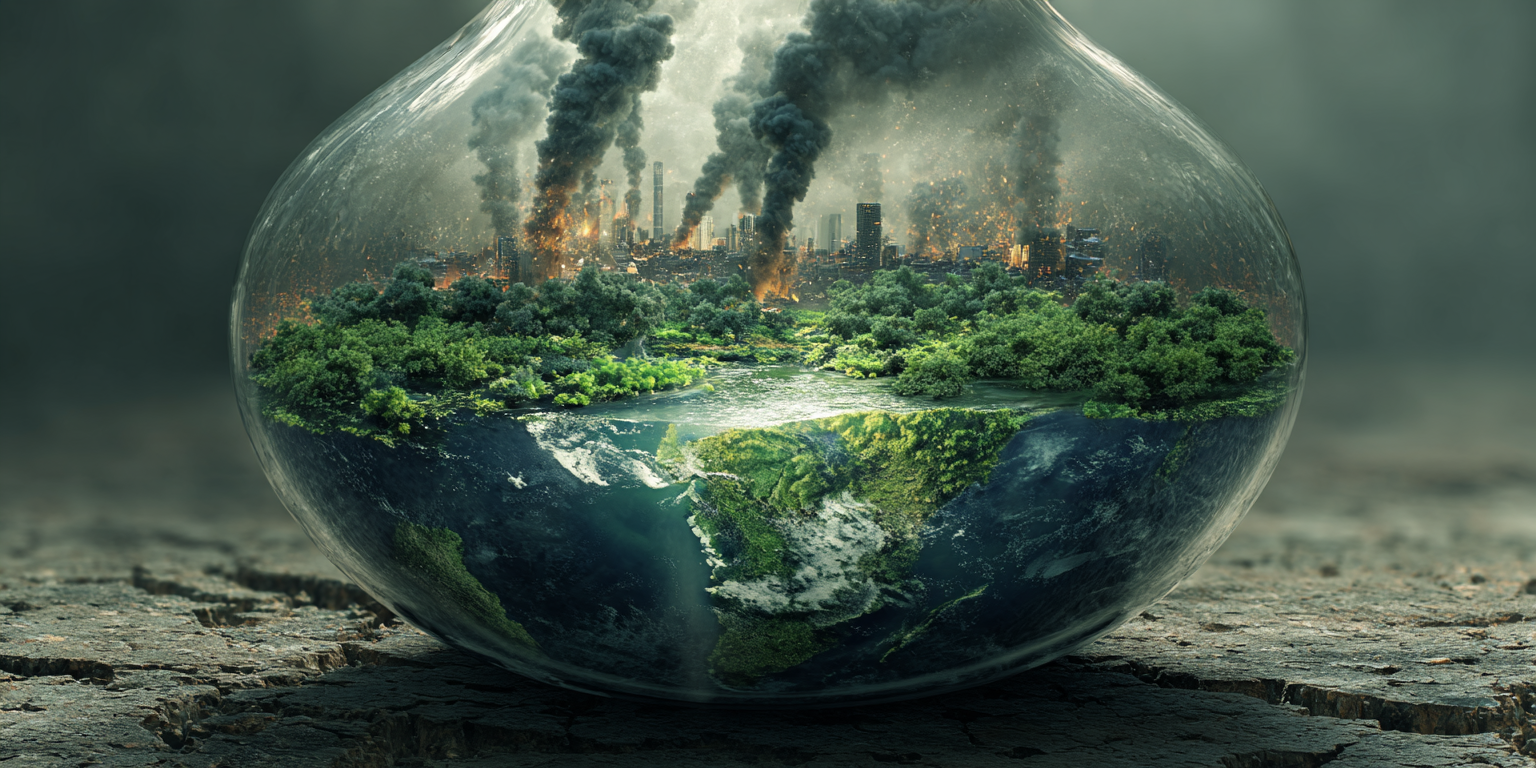
The Plays
- Carbon as a KPI: Add CO₂ per customer or per product to your dashboards. What gets measured gets designed.
- Circular Loops: Prototype business models around reuse, subscription, rental, or resale. If it works for Selfridges and Philips, it can work for you.
- Eco = Efficiency: Show clients how planet-first design reduces waste and costs while strengthening customer loyalty.
- Design as Proof: Build sustainability into the product experience — make it visible, tangible, and marketable.
Bottom Line: The future of design isn’t human-centered. It’s planet-centered. The brands that get this right will be remembered not just for what they made, but for what they preserved.


